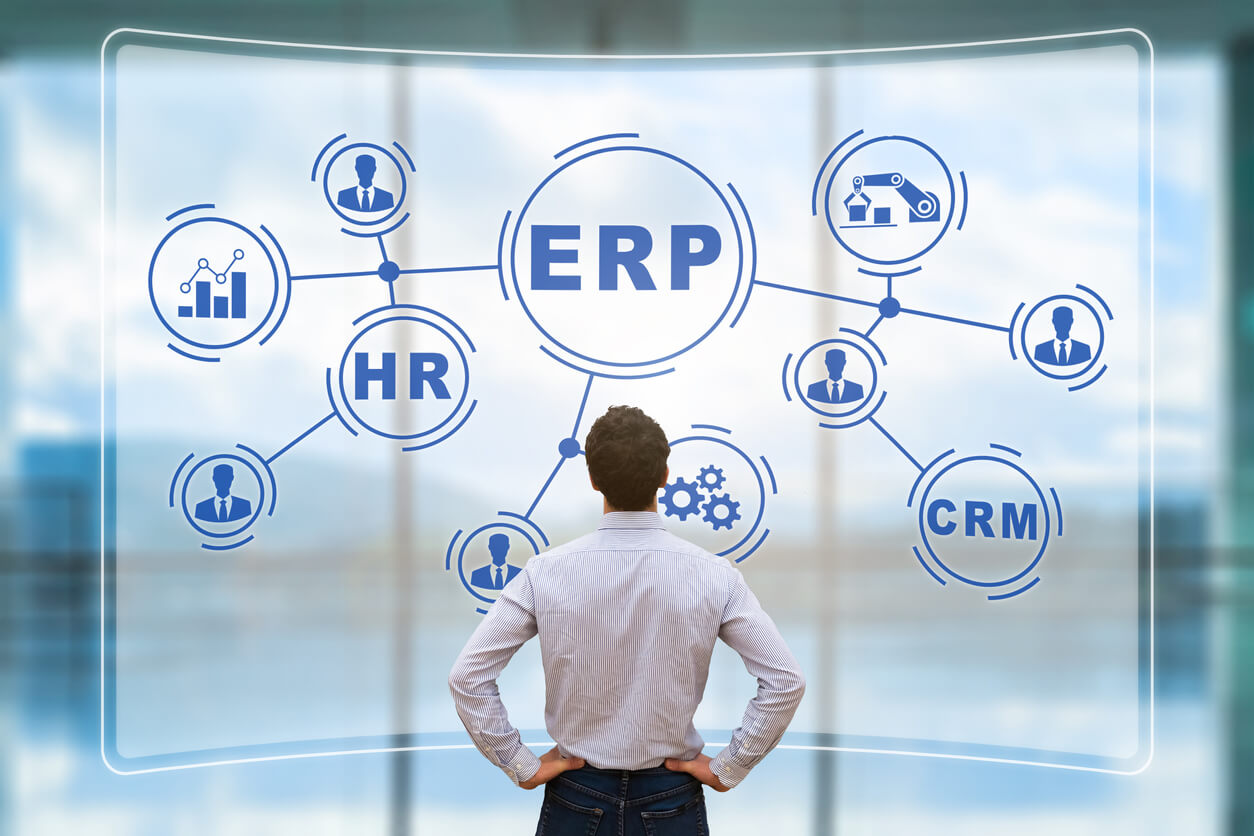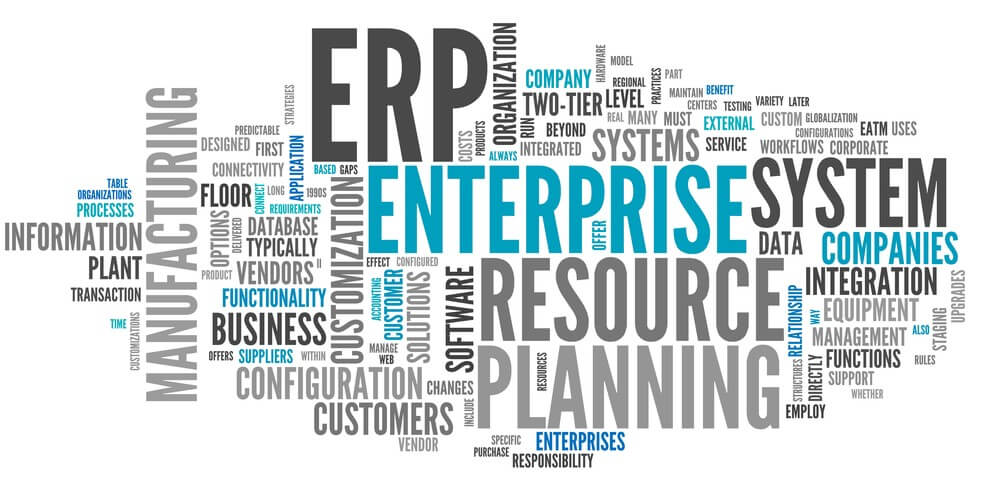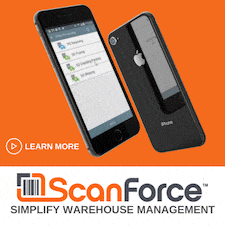Implementing a new ERP system can be one of the largest investments of time, money, and resources a company will make. The ERP implementation process, timeline, and complexity are largely based on variables such as the number of modules being deployed, customizations required, data conversion, and project management resources available.
Let’s take a closer look at what an ERP implementation is and answer some frequently-asked questions about the process and various methodologies.
Let’s take a closer look at what an ERP implementation is and answer some frequently-asked questions about the process and various methodologies.
ERP Implementation Process Overview
The ERP implementation process includes various stages, most typically consisting of:
Depending on the implementation approach you choose (more on that below) and the complexity of your business processes, ERP software implementation could take anywhere from two months to two years … sometimes more.
In other words, the timeline for a financial services company implementing core accounting modules like General Ledger, Accounts Payable and Accounts Receivable is going to be faster and less complex than a manufacturing business also needing shop floor and production management modules, inventory and purchasing, order processing and all the additional configuration, workflow processes, and data that comes with it.
Regardless of the timeline, choosing the right ERP partner, establishing a well-documented project plan, and properly allocating resources will determine how effective, efficient and successful the ERP implementation turns out.
See Also: What Does ERP Stand For?
- ERP software installation
- Settings and options configuration
- Transfer of financial and transaction data from the old system (aka data migration)
- Setting up employees (or “users”) with defined roles, system access, and security settings
- ERP software training for end users
Depending on the implementation approach you choose (more on that below) and the complexity of your business processes, ERP software implementation could take anywhere from two months to two years … sometimes more.
In other words, the timeline for a financial services company implementing core accounting modules like General Ledger, Accounts Payable and Accounts Receivable is going to be faster and less complex than a manufacturing business also needing shop floor and production management modules, inventory and purchasing, order processing and all the additional configuration, workflow processes, and data that comes with it.
Regardless of the timeline, choosing the right ERP partner, establishing a well-documented project plan, and properly allocating resources will determine how effective, efficient and successful the ERP implementation turns out.
See Also: What Does ERP Stand For?
What are the Steps in ERP Implementation?
The first step in an ERP implementation is to mobilize the project team. On the customer side there’s typically an executive sponsor, various business process owners, and the end users. On the ERP partner side (or “technology provider”), there will be business analysts, technical consultants, and a project manager.
Project management is critical to communicating the ERP implementation progress, managing issues quickly and effectively, and achieving the defined objectives.
With the team strapped in and ready, it’s time to lay out the ERP implementation process which will often include:
Defining the scope of the implementation, project milestones, customization needed, process maps, and expected results.
Analyzing the business requirements, installing the software in a “sandbox” environment, and configuring the system to match the necessary process workflow.
Migrating and mapping data into the new system and performing verification checks.
Testing the system across all departments and consistently testing and running through the quote-to-cash cycle.
Training end users in their specific functional area based on roles and permissions. The “train the trainer” approach is widely used, whereby select users are trained on the system and then act as internal trainers.
Software deployment into the production environment, often referred to as the “go-live.” This will require extra man power to monitor the process and ensure a smooth transition.
Post go-live support and project review.
Comprehensive planning and rigorous testing will be the two main aspects of the ERP implementation process that ensure the system moves from concept to the live environment.
Project management is critical to communicating the ERP implementation progress, managing issues quickly and effectively, and achieving the defined objectives.
With the team strapped in and ready, it’s time to lay out the ERP implementation process which will often include:
Defining the scope of the implementation, project milestones, customization needed, process maps, and expected results.
Analyzing the business requirements, installing the software in a “sandbox” environment, and configuring the system to match the necessary process workflow.
Migrating and mapping data into the new system and performing verification checks.
Testing the system across all departments and consistently testing and running through the quote-to-cash cycle.
Training end users in their specific functional area based on roles and permissions. The “train the trainer” approach is widely used, whereby select users are trained on the system and then act as internal trainers.
Software deployment into the production environment, often referred to as the “go-live.” This will require extra man power to monitor the process and ensure a smooth transition.
Post go-live support and project review.
Comprehensive planning and rigorous testing will be the two main aspects of the ERP implementation process that ensure the system moves from concept to the live environment.
What’s the Best Implementation Method?
Two of the most popular methods are big bang ERP implementation versus a phased approach.
With big bang ERP, your entire system goes live and everyone in our company is transitioned at the same time. In short, you’re taking all of the modules across all departments live at once. This approach can shorten the ERP implementation timeline, but can also cause more disruption to the daily business operations and place more strain on employees.
Alternatively, a phased approach will see the ERP system rolled out sequentially, often by module or functional area. This method, also known as “land and expand”, will take longer as portions of the new ERP software are gradually implemented over a measured period. This method may help alleviate risk and anxiety on internal staff.
There are pros and cons to both ERP implementation methods. Your Sage ERP partner team can help you lay out the implementation plan that is best for your situation.
With big bang ERP, your entire system goes live and everyone in our company is transitioned at the same time. In short, you’re taking all of the modules across all departments live at once. This approach can shorten the ERP implementation timeline, but can also cause more disruption to the daily business operations and place more strain on employees.
Alternatively, a phased approach will see the ERP system rolled out sequentially, often by module or functional area. This method, also known as “land and expand”, will take longer as portions of the new ERP software are gradually implemented over a measured period. This method may help alleviate risk and anxiety on internal staff.
There are pros and cons to both ERP implementation methods. Your Sage ERP partner team can help you lay out the implementation plan that is best for your situation.
How Long Does an ERP Implementation Take?
There’s no such thing as one-size-fits-all when it comes to ERP implementation. One business may only need to upgrade their financials while another may be a manufacturer with thousands of SKUs, multiple warehouses, and products that ship around the world.
A basic system implementation could take as little as two months where a more complex system could span multiple years. However, an average mid-market ERP system implementation can typically span four to six months.
It’s good to remember that an ERP implementation is usually not a straight path, but a windy one. Ideally, the software would meet all of your functional needs right out-of-the-box. But more realistically, there are often third party software integrations or system customization needed to meet all the business requirements.
It’s also important to keep in mind that the software itself is only part of the equation in a successful ERP project. Equally important is choosing to work with an experienced ERP implementation partner that understands your business, can minimize the impact of technical issues that will inevitably come up, and leverage their experience to keep the project within scope and on budget.
A basic system implementation could take as little as two months where a more complex system could span multiple years. However, an average mid-market ERP system implementation can typically span four to six months.
It’s good to remember that an ERP implementation is usually not a straight path, but a windy one. Ideally, the software would meet all of your functional needs right out-of-the-box. But more realistically, there are often third party software integrations or system customization needed to meet all the business requirements.
It’s also important to keep in mind that the software itself is only part of the equation in a successful ERP project. Equally important is choosing to work with an experienced ERP implementation partner that understands your business, can minimize the impact of technical issues that will inevitably come up, and leverage their experience to keep the project within scope and on budget.
ERP Implementation Go-Live and Beyond
Once the ERP implementation is complete and the system is live, you can take a well-deserved exhale. All hands will still be on deck for the next several weeks as employees adjust to the new system and processes, but the hard work is behind you and your new ERP system should start paying dividends soon.
Once the dust settles, you'll want to review and measure how the project achieved the goals that were outlined at the beginning. The system should be reducing manual processes, improving productivity, and bringing greater visibility and insight across all business units and your entire operations.
Implementing a fully integrated ERP system is a large-scale, company-specific process that has a major impact on the organization. After all is said and done, your ERP software provider and partner should know your business nearly as well as you do. Because going forward, their role will not only be to support and maintain the system, but also to advise and recommend additional solutions that will help you further achieve your growth and financial goals.
Continuing to review and optimize business processes after the go-live and gradually incorporating additional features and functionality will help extend the investment made in the ERP system.
In summary, an ERP implementation is only as good as the team behind it. Developing a strong plan, choosing the right implementation method, and communicating openly throughout the process will ultimately bring about a successful end to what is often a (very) challenging project.
Once the dust settles, you'll want to review and measure how the project achieved the goals that were outlined at the beginning. The system should be reducing manual processes, improving productivity, and bringing greater visibility and insight across all business units and your entire operations.
Implementing a fully integrated ERP system is a large-scale, company-specific process that has a major impact on the organization. After all is said and done, your ERP software provider and partner should know your business nearly as well as you do. Because going forward, their role will not only be to support and maintain the system, but also to advise and recommend additional solutions that will help you further achieve your growth and financial goals.
Continuing to review and optimize business processes after the go-live and gradually incorporating additional features and functionality will help extend the investment made in the ERP system.
In summary, an ERP implementation is only as good as the team behind it. Developing a strong plan, choosing the right implementation method, and communicating openly throughout the process will ultimately bring about a successful end to what is often a (very) challenging project.




